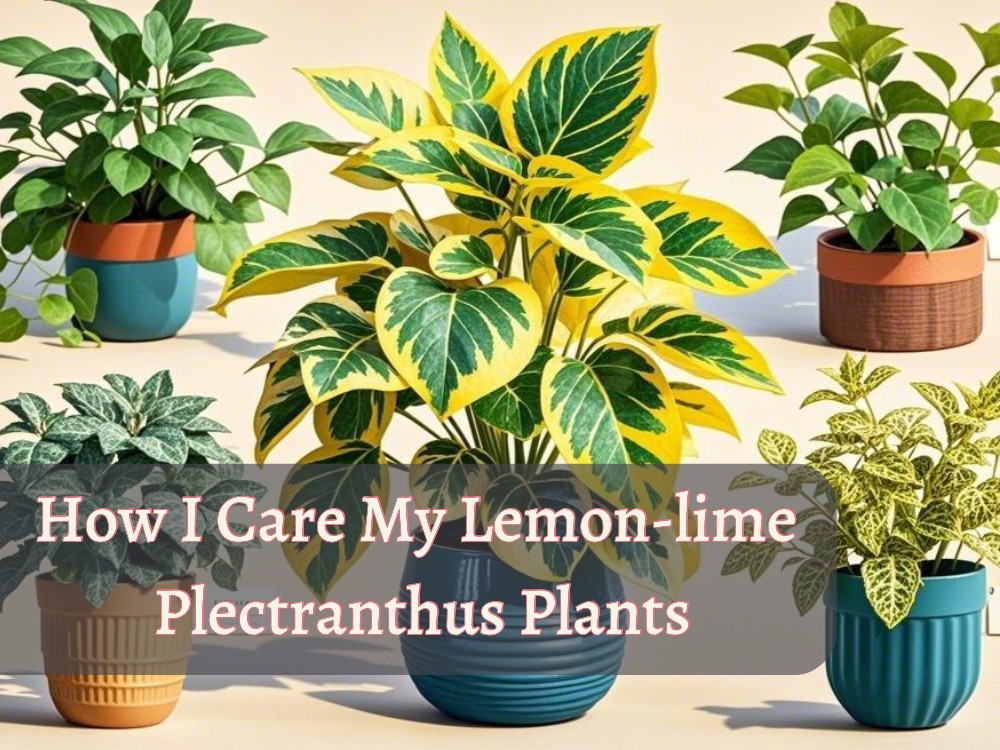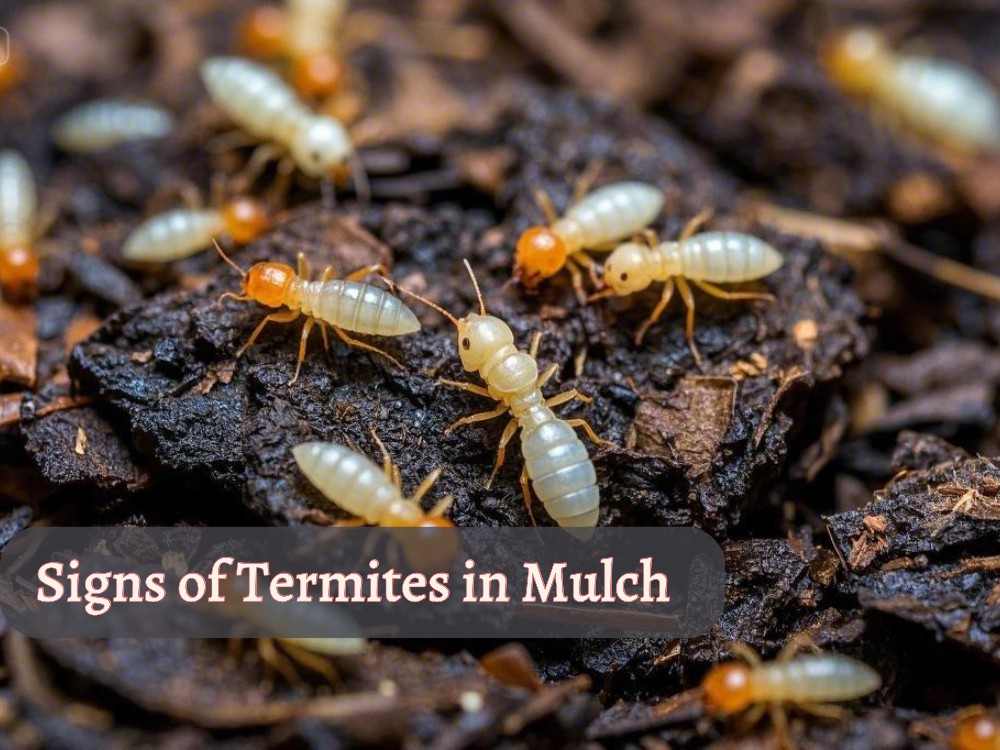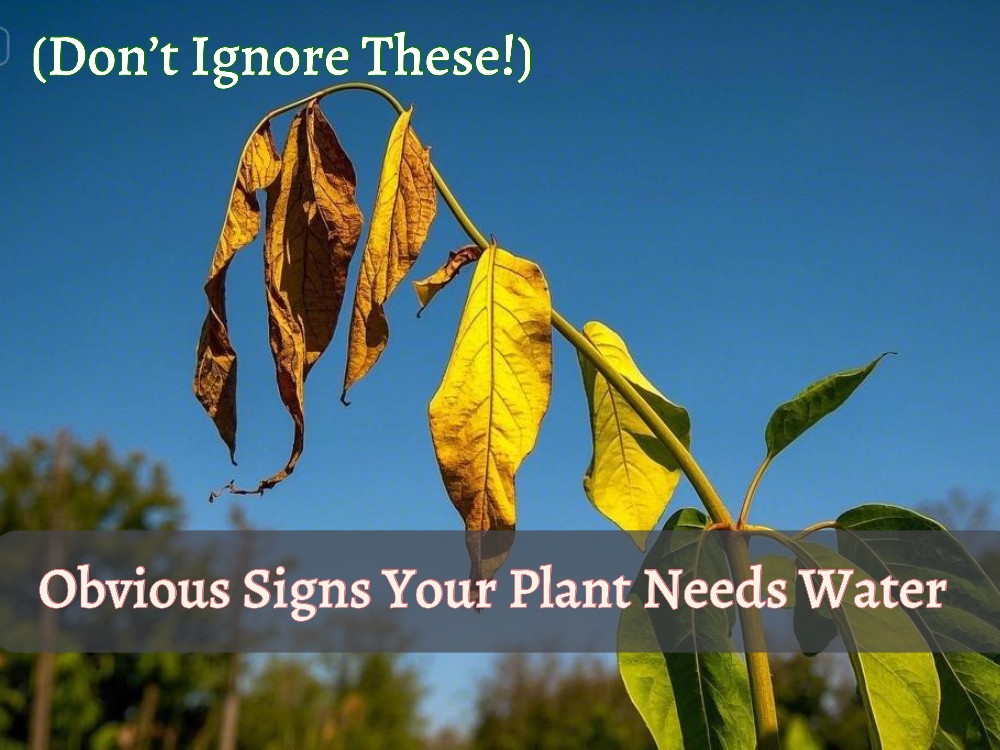Mold has become a common issue in the growth of wheatgrass. Many beginners are confused when they see white mold on the wheatgrass. They often ask, “What happens if I plant moldy wheatgrass?”
If you are also among those gardeners, you are right to be worried about moldy wheatgrass. You need to be cautious about the risks and toxicity for both humans and pets.
We will clarify what would happen if you continue planting moldy wheatgrass and, if it is dangerous regarding toxicity, what the solutions are to prevent mold to ensure the safety of organisms.
Understanding Wheatgrass and Mold
Wheatgrass is a growing, tender, and fresh shoot of wheat plant, mostly used in pet foods, juice, and supplements.
It is rich in essential nutrients including vitamins, minerals, antioxidants, and chlorophyll. These nutrients are considered beneficial for detoxification digestion, and energy.
Wheatgrass usually takes 7 to 10 days to be able for harvest and cut. However, poor ventilation systems and the availability of other factors during its growth invite mold (blue fuzz, white, brown, black).
Mold is a type of fungus that holds fast growth in high moisture, warmness, and organic matter. It commonly had been found in white, green, or black patches.
Why does mold develop on wheatgrass?

During the growth of wheatgrass, mold appears on seeds and roots, especially if there is crowd of seeds, less air, light, and high moisture.
Common Reasons for developing mold on wheatgrass.
- High moisture: If seeds are placed in humid conditions and moist soil is kept very wet for 12 to 24 hours in the first growth stage (seed germination), white mold starts growing.
- Poor Air Circulation: Lack of air increases the chances of mold on the wheatgrass.
- Seed Crowding: If too many seeds are planted in a thick layer, where air can not circulate properly.
- Low sunlight: Darkness, low lights, or unsuitable LED growth lights also cause mold on the wheatgrass.
The problem is not limited to White mold.
If the poor conditions described above persist consistently, white mold may change into browny or black mold, especially at the harvesting stage usually after 7 to 10 days.
White, brown, and black mold on the wheatgrass are considered harmful to humans and pets. However, each seed produces a “blue fuzz” mold that is slime mold, considered non-pathogenic.
Now the question is; what will happen if I continue growing moldy wheatgrass, and if it is unsafe, how to make a solution? Let’s move forward;
What Happens if I plant moldy wheatgrass?
The answer depends on the given growth conditions and the density of mold on the wheatgrass.
If you let wheatgrass grow in the same conditions (high moisture and temperature, low light, and poor air circulation) as mold appears,
- The chances of growing more wheatgrass decrease.
- Mold can weaken the seeds. However, if the seeds still thrive, the growth is affected.
- Mold also affects the other healthy seeds in wheatgrass.
Additionally, if you do not take any action, the mold will continue the change over time, especially depending on the moisture level.
Mold Changes According to the Growth Stage of Wheatgrass
1-First stage (Seed germination): If the humidity is higher than balanced growth requirements, white mold may appear like fuzzy, cotton-like patches.
White mold is usually not harmful, but in large quantities, it can cause respiratory problems or allergies. In particular, if someone already has allergies, this reaction can be more severe. Ref: Master Class
2-Middle stage (during wheatgrass growth): White mold can grow more if moisture and other bad conditions persist during wheatgrass growth.
3-Harvest Stage: If poor conditions and high moisture persist until wheatgrass reaches full growth, black and brown mold is likely to develop, which is more harmful and should be avoided for consumption or feeding to animals.
How to Prevent Mold on Wheatgrass?
Eliminating mold from wheatgrass depends on the growth stage of wheatgrass and how mold is spread on it. Firstly, you need to identify the mold type on the wheatgrass because a mold with purple or blue color attacks due to unhealthy seeds.
1. Germination Stage (Seeds Sprouting)
I used healthy seeds to grow my wheatgrass, and you can see the white mold in the picture. Appearing white mold in the germination stage is common because we are already attempting to give moist conditions to sprout the seed.
To remove the white mold, add a thick layer of seeds to the tray (1 or ¾ pound for 10×20 Inch tray) before soaking them.
If you see something that looks like white mold even after applying a thin layer, it is not actually mold but rather root hair.
Remember, wheatgrass is a cool-season microgreen and prefers cool temperatures from 15C to 24C. It should be planted in spring or fall when its preferred temperature demand exists.
For issues caused by these unhealthy seeds, you need to buy healthy seeds and take extra care, while the mold shown in the image of this content can be removed with a budget-friendly solution.
- Do not water at all for the next 24 hours (only a light mist if it feels very dry).
- Use trays with holes at the bottom and place them in an airy place, such as near the fan or window.
- Keep it in indirect sunlight or tube light for a short time every day (2-3 hours is enough).





